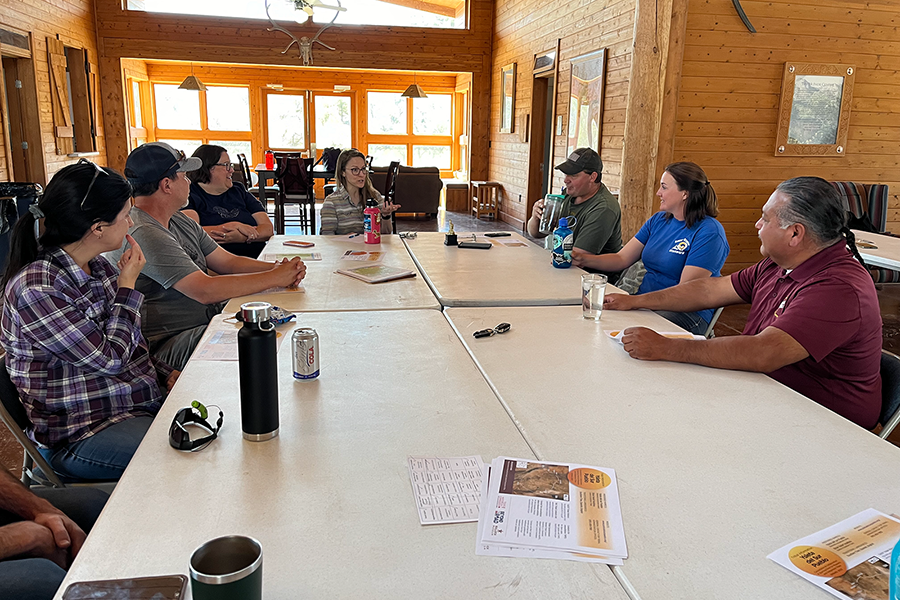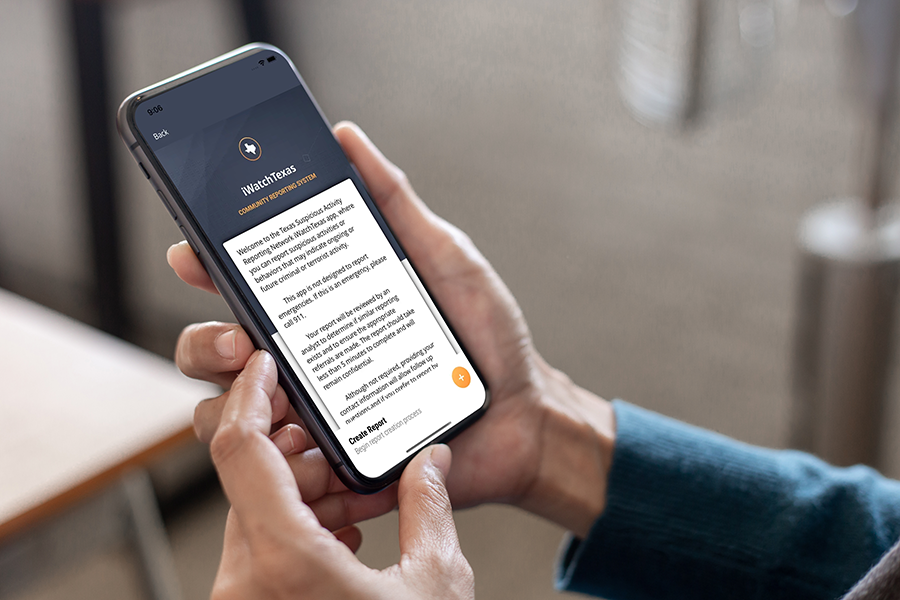Performance Dashboard

One of TxDOT's strategic goals is that people are at the center of everything we do.
This is reflected in the following objectives:
- TxDOT provides transparent, consistent, and quality services to meet internal and external customer needs.
- TxDOT responds to and resolves customer issues in a fair and timely manner.
- TxDOT builds and maintains a reputation of trust and superior customer service.
To assess TxDOT’s progress toward this goal, we track the two performance measures below.
Percentage of customer complaint cases closed on time
This is the percentage of customer complaints reviewed, responded to, and closed within the required timeframe.
Customer service is a cornerstone of our success as a state agency. Timely and appropriate handling of questions and concerns not only resolves issues—it also fosters transparency, builds trust, and reinforces our accountability to the communities we serve. By keeping lines of communication open and responsive, we ensure that Texans feel heard and supported.

We use a customer complaint tracking system to receive, track, and respond to complaints submitted by the public. To have a case entered into the system, you may reach out to us via our “Contact Us” page.
Once a complaint is received, our staff will review and respond appropriately. A case is recorded as closed when our staff provides pertinent information to the complainant regarding the matter.
The percentage of customer complaint cases closed on time is the total number of cases closed by the assigned target timeline, which can be either 4 or 10 business days, divided by the total number of all cases closed in a given quarter.
Top five customer complaint case types
This is the number of customer complaints for the top five types of issues.
Tracking the top five customer complaint types helps TxDOT identify recurring issues that directly affect public satisfaction and safety. This data informs operational decisions, guides resource allocation, and supports strategic planning to improve service delivery where it's needed most.

Top 5 customer complaint case type is the total number of complaints categorized by an assigned issue (such as pavement condition), sorted in descending order for the selected year. The top 15 categories are shown, with the top five highlighted in blue at the very top.

What is TxDOT doing?
We address customer complaints individually, using the most appropriate channel for the situation—typically email or phone, and in certain cases, even in-person meetings when special concerns need to be reviewed.
Beyond handling complaints, TxDOT engages directly with drivers through social media channels, enabling rapid, personalized customer service.
Social media platforms also allow TxDOT to share safety information during emergencies, publish news, promote safety campaigns, and share updates on road projects. This direct connection has fostered two-way communication, with the agency utilizing multiple platforms to reach out to Texans across the state.